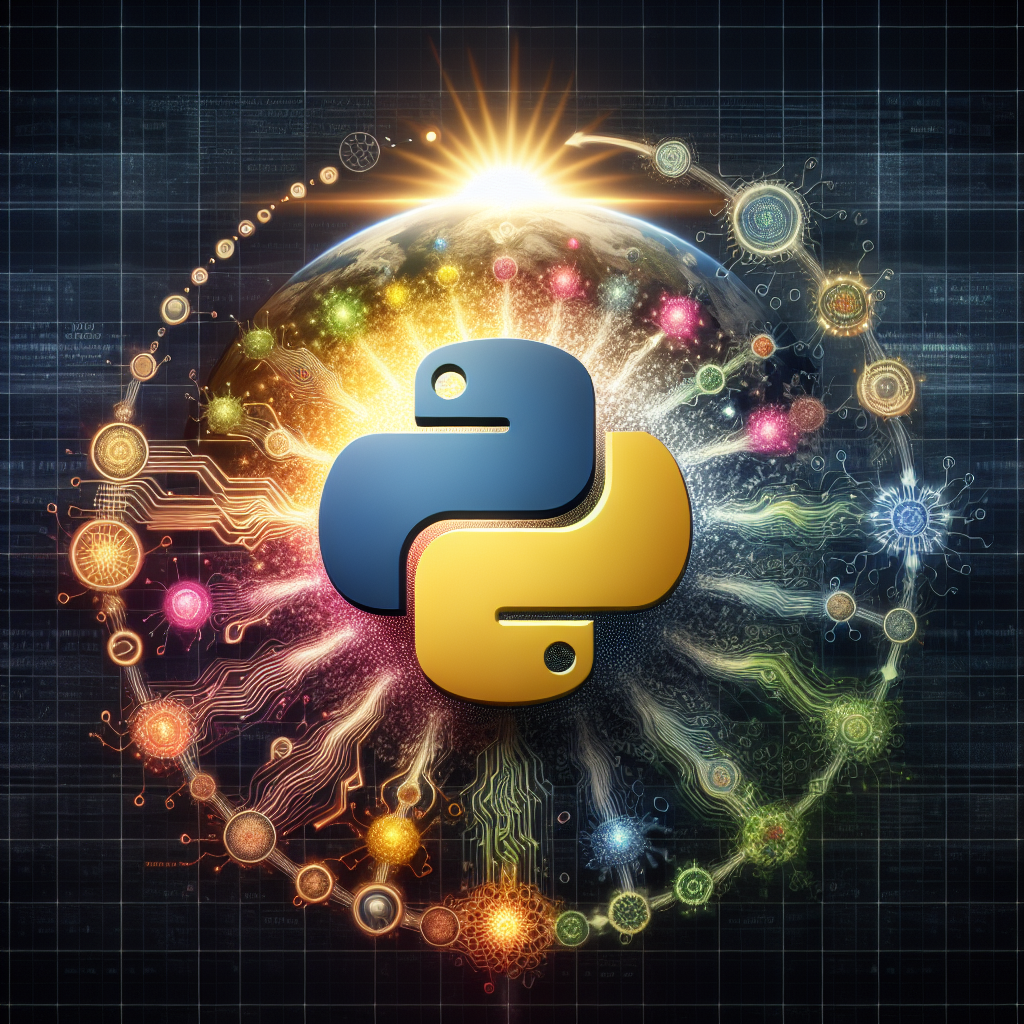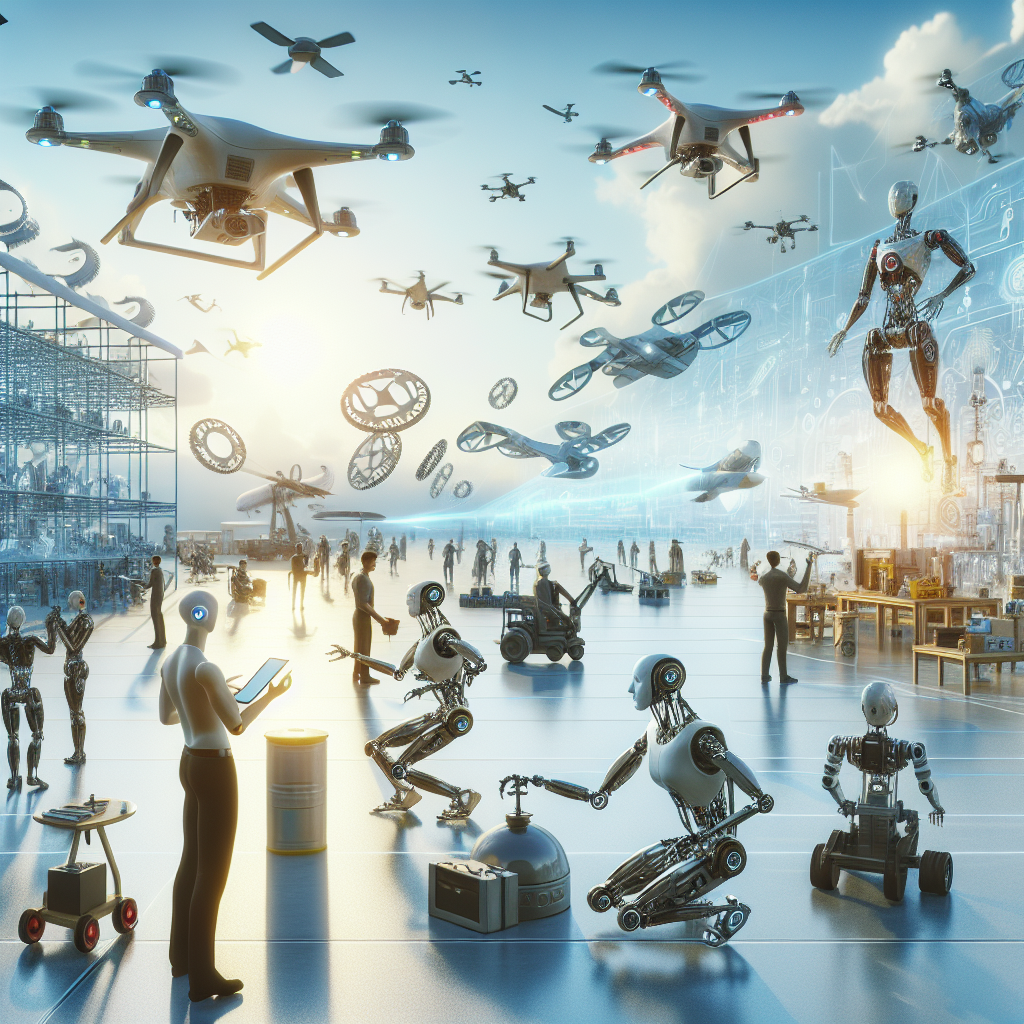In recent years, Python has evolved remarkably, transcending its original status as just another programming language to become a vibrant, expansive community. This transformation reflects a broader trend in technology where tools take on life beyond their initial utility, fostering an ecosystem that contributes to various sectors including web development, scientific research, machine learning, and educational initiatives.
Originally developed by Guido van Rossum and released in 1991, Python’s design philosophy has emphasized code readability and syntax that allows programmers to express concepts in fewer lines of code than might be used in the languages such as C++ or Java. This has not only made Python especially popular among newcomers and veterans alike but has also nurtured a community ethos that champions simplicity and inclusivity.
As reported by Startup News in its article, “How Python Grew From a Language to a Community,” this growth can be largely attributed to an explosion of user-generated content and communal resources. Platforms such as GitHub host over half a million Python projects today, spanning across various applications. The launch of the Python Package Index (PyPI) has further facilitated this expansion by making thousands of third-party modules available for diverse tasks, thus encouraging experimentation and innovation within the community.
Moreover, the Python Software Foundation (PSF), a non-profit organization that holds the intellectual property rights behind Python, plays a crucial role in this ecosystem. By fostering developments and directing the conversational discourse around the future of Python, the PSF helps maintain the language’s integrity and its guiding principles. The Foundation also supports various international conferences like PyCon, enhancing Python’s global footprint and solidifying its position as a lingua franca in the software development world.
Education has been another frontier where Python’s impact is distinctly visible. Its simplicity and versatility make it an excellent tool for teaching programming to students at all levels. Indeed, Python has been integrated into numerous educational curricula from primary schools to higher institutions, which not only boosts its adoption but also prepares a new generation to contribute to its community.
A significant aspect of Python’s community influence is visible in the domain of data science and machine learning. Libraries such as NumPy, Pandas, and TensorFlow offer powerful tools for data analysis and model building, positioning Python at the heart of the AI revolution. This has garnered attention and participation from the academic sector and industry-leading companies, propelling Python to the forefront of scientific research and practical application in AI technologies.
In conclusion, Python’s journey from a programming language to a flourishing community is illustrative of how digital technologies can evolve and embed themselves into various facets of modern life. Through fostering a culture of developer inclusion and support, Python has not only enhanced its technological footprint but has also created a self-sustaining ecosystem that continually propels its growth and adaptation. This paradigm serves as a benchmark for other programming languages and technologies striving for longevity and relevance in an ever-advancing digital world.



